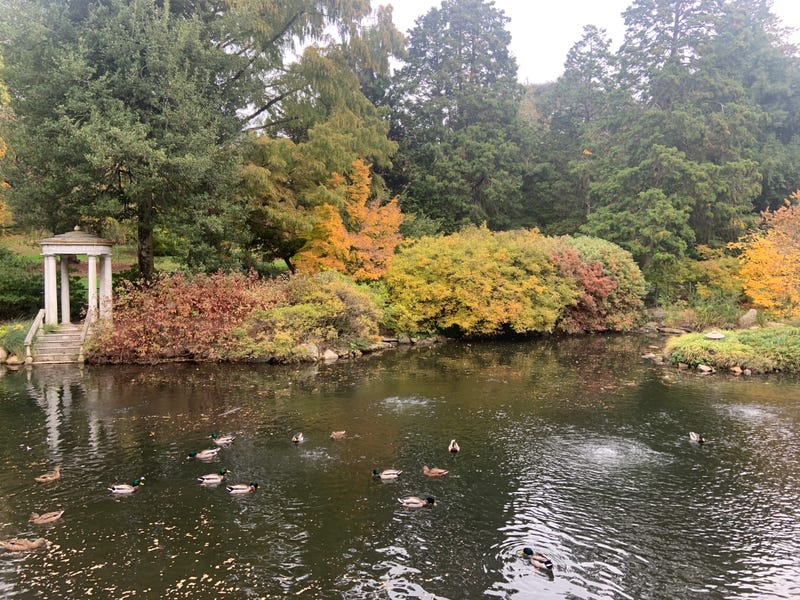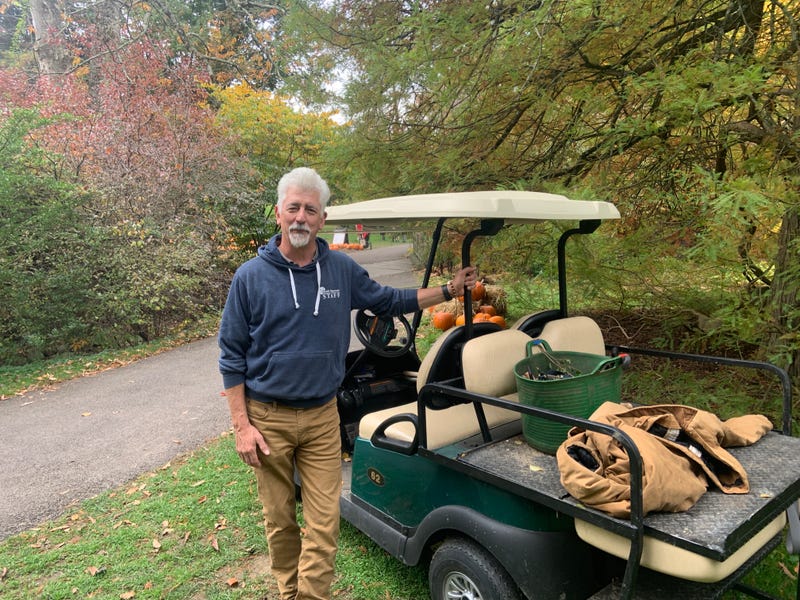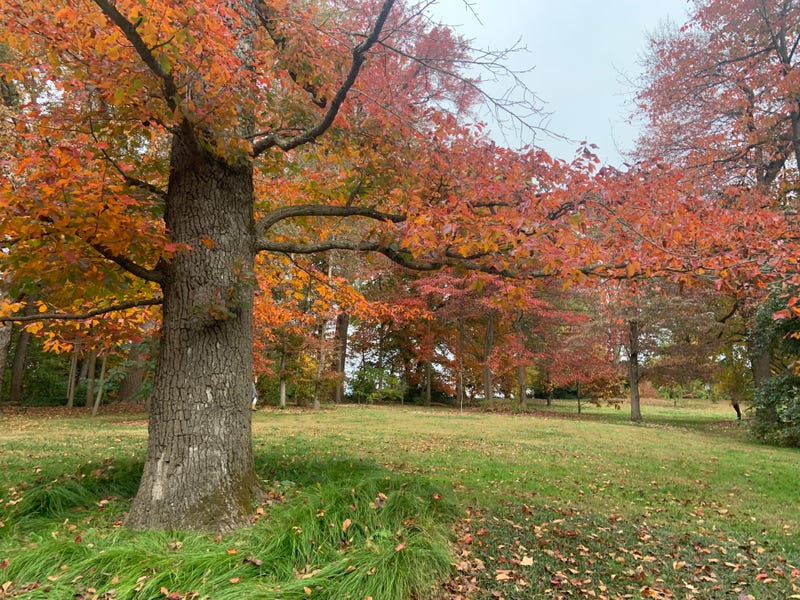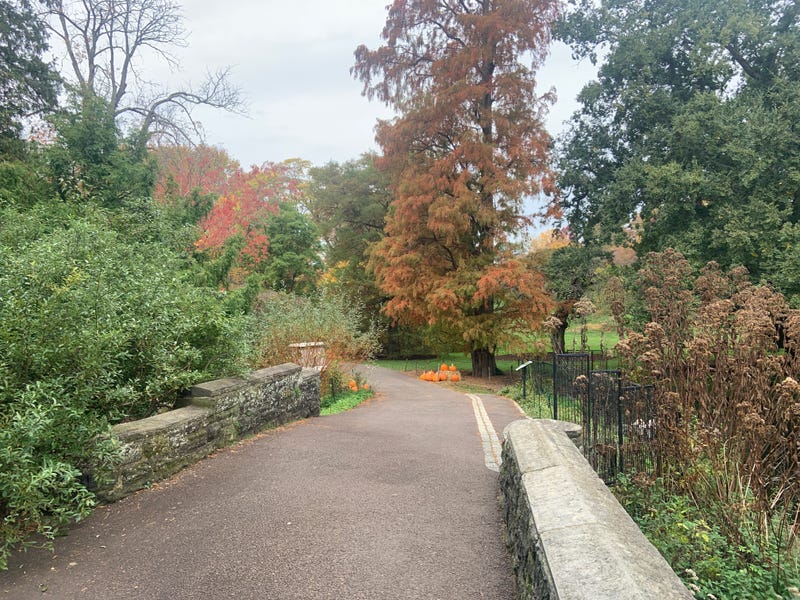
In this weekend’s “Into The Wild,” KYW’s John McDevitt goes to Chestnut Hill for peak fall foliage.
PHILADELPHIA (KYW Newsradio) — Warm weather this season has put the Philadelphia area a couple of weeks behind schedule for fall colors.

Vince Marrocco, director of horticulture at Morris Arboretum and Gardens, says now is the peak time for fall color in Southeastern Pennsylvania.
On a recent visit to the gardens, he pointed out a sourwood tree: “Sourwood tree is a native Pennsylvania tree with that sort of orange-yellow to the fall foliage.”
It’s one of more than 9,000 trees and shrubs on Morris’ 92 acres.

“This year in particular, the dogwoods are looking spectacular. The Red Maples are looking really great,” he said.
Marrocco says you need three things to happen for great fall color: “Bright sunlight, cool but not freezing temperatures, and adequate moisture. When those three things come together that is when you get the best fall color.”
The tree’s chemistry also has a lot to do with it, Marroccoo explains. Leaves contain millions of cells that convert energy from sunlight into food for trees. Those cells contain a pigment called chlorophyll, which is green. But what you don’t see is there are also other pigments, oranges and yellows, in those leaves.
“They’ve been there all summer long, going along making carbohydrates,” he said.
They are hidden most of the year by the abundance of chlorophyll, but when temperatures drop and trees shift from making food in the summer to storing food for the winter, the leaves undergo a visible change.
“The green colors are better at producing sugars for the plant. The yellow colors work better in cool temperatures, so when you get those cool nights, the green colors start to fade away, and those yellow colors come forward. That’s why you will always have good yellow color, because there’s always yellow pigments in the plants.”

He explains why that sourwood tree will give great oranges and reds when the green fades from its leaves.
“Not every plant produces red pigments, though. The sourwood, for example, does. So when the cool nights start to happen with that plant, you’ll start to see those oranges and reds developing in that plant.”
But some trees double down on yellows.
“So they’ll give great yellow color, but not great orange and red.”
Right now, most of the leaves at the arboretum remain on the trees.
“Now that’s a good thing if you have to rake them,” Marrocco said, “but they will fall. Trust me. They have to come down eventually.”
The fallen leaves will be ground up into mulch to be used on the property.
